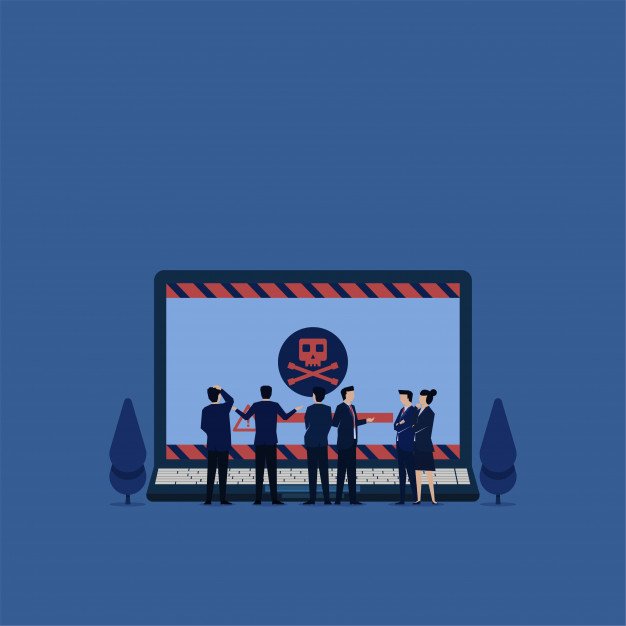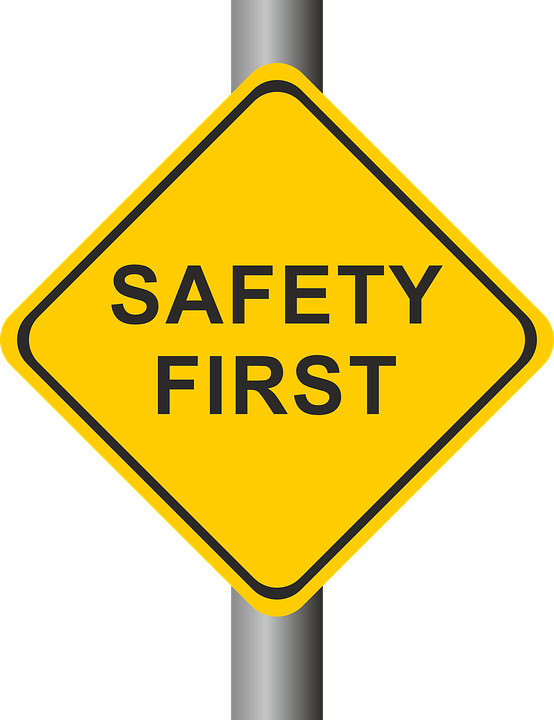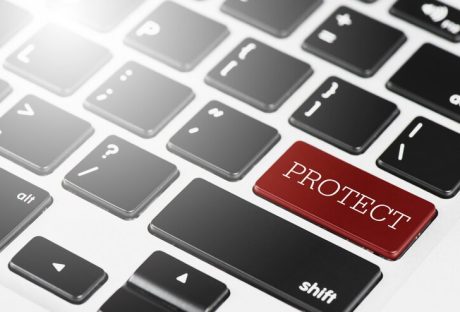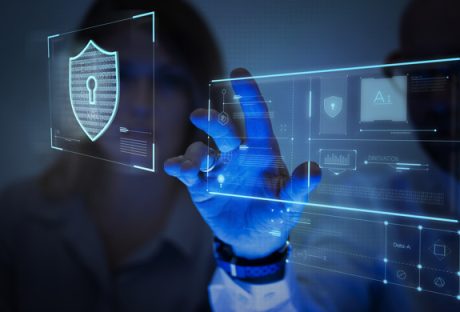Safety alerts are an important part of any business. Having the right alerts in place means that you can quickly react to any incident and, hopefully, resolve the issue. They also deal with the aftereffects of an incident, allowing you to comply with legislation and treat everyone involved fairly.
There are several different types of safety alerts but they all serve the same purpose. However, while keeping track of hire risk areas in businesses is important, personal duress alarms must be seen as an essential part of the security structure of any business that has lone workers.
Let’s take a look at 5 important things you should know about safety alerts:
1. Know What A Safety Alert Is
The safety alert is a report after an incident has happened. It details what has happened, the factors that contributed to it happening, and what actions should be taken in the future to prevent it from happening again.
A safety alert can also be the regular contact that you receive from your lone workers to confirm they are well and work is proceeding as expected. This is an essential part of your safety policy to ensure your staff are looked after properly.
2. Confidentiality
Any safety alert is confidential. If it’s a report on an incident then it is simply the facts pertaining to the incident. The idea behind this is not to attribute blame or even seek blame, instead the report should help companies isolate issues and use the information to improve safety in the future.
Because the reports don’t identify any individuals it is possible to share these with other businesses and improve safety across the industry.
3. Reporting Factors
It’s easy to think that these types of reports can only be made when a serious incident occurs. However, you can report any incident, even a small problem with communicating with an independent worker is worth reporting.
By reporting all incidents you can dramatically improve the safety of your workers and others, that’s worth the small inconvenience of filling out a few forms.
4. Submitting an Alert is Easy
Safety alerts can be submitted online and shouldn’t take longer than ten minutes. This means that there is never an excuse for not completing a safety alert.
All you need to access the safety alert system is the internet and your company numbers. Just remember, that every time you fill in a safety alert online you’re helping the industry become safer for everyone involved, and even for the end consumer.
5. Types Of Safety Alerts
Safety alerts cover a wide range of incidents in the workplace. You’ll find safety alerts are used for product issues, petroleum transport, and even dangerous goods. In these situations the safety alerts can be used to warn others that the goods in transit are dangerous and need to be treated with care.
In fact, this part of the safety alert is the first step in ensuring the entire handling procedure is safe, and that all staff remain safe.
Read Also :
-
The 5 Most Important Motorcycle Safety Tips All Riders Need To Know
-
Get The Details On How Sferic Protect Can Benefit Your Business & Its Safety
-
How To Increase The Safety Of Your Employees When They Are Working At Height
























